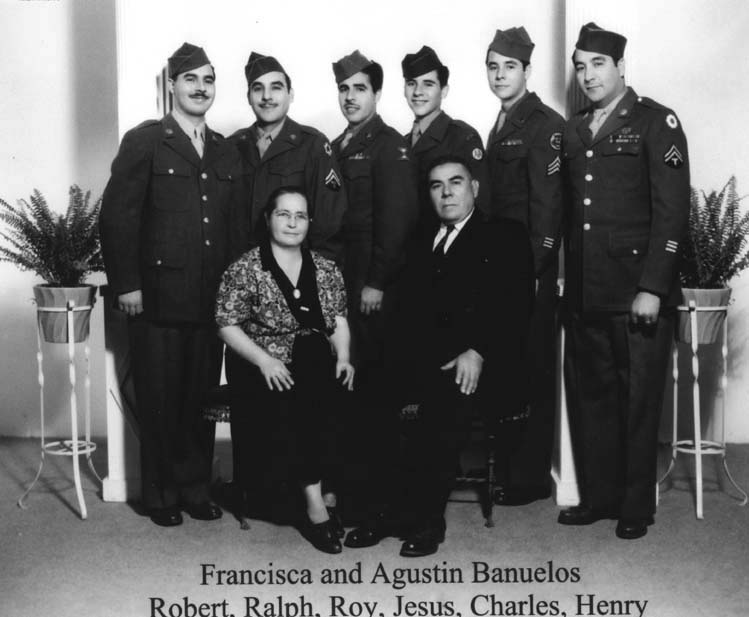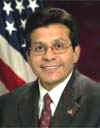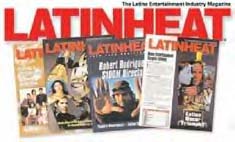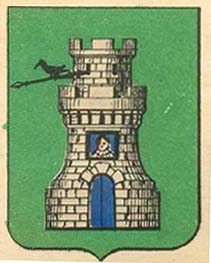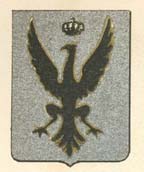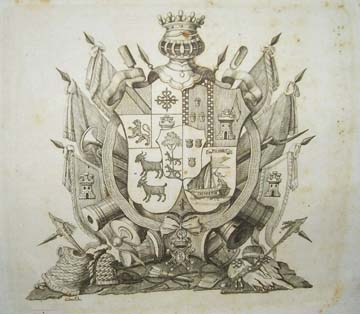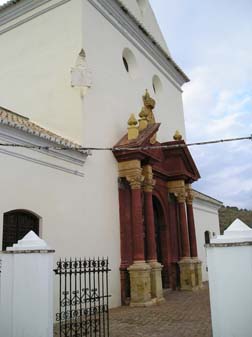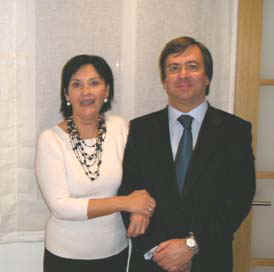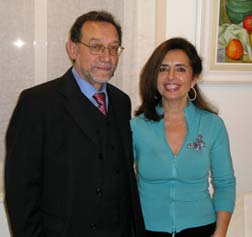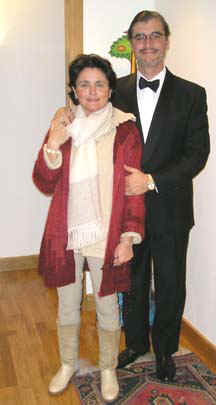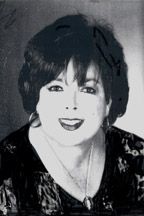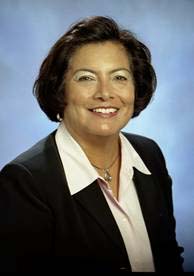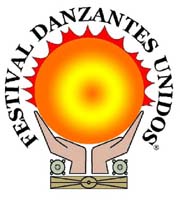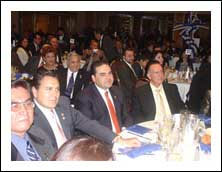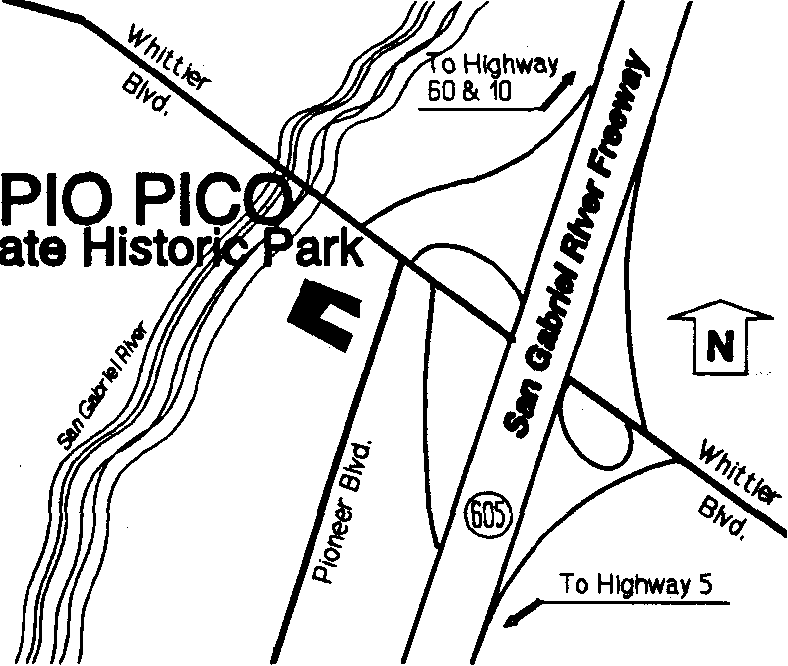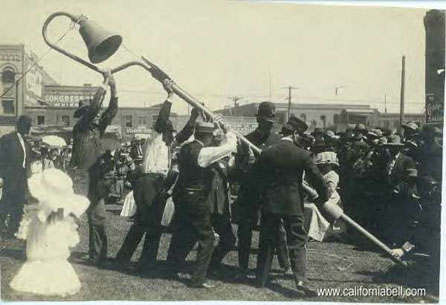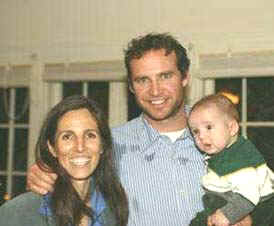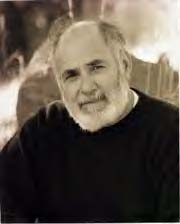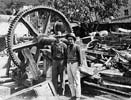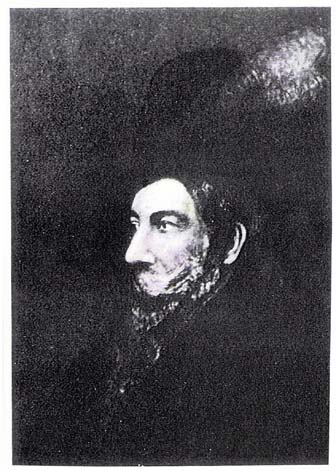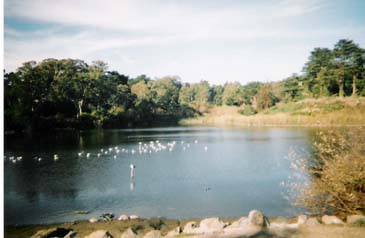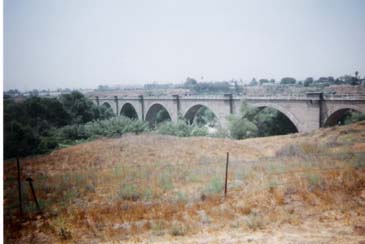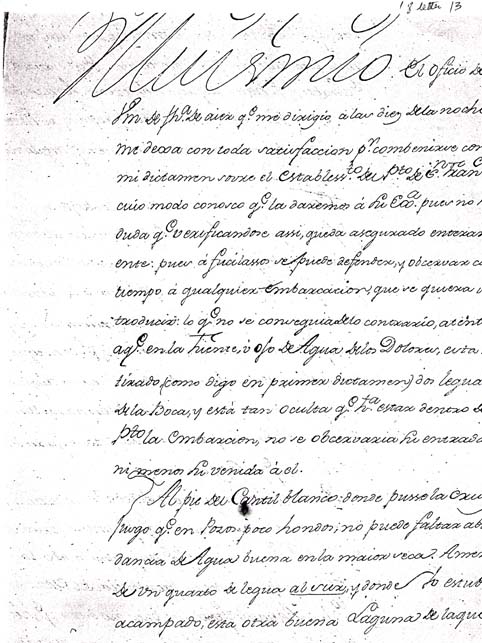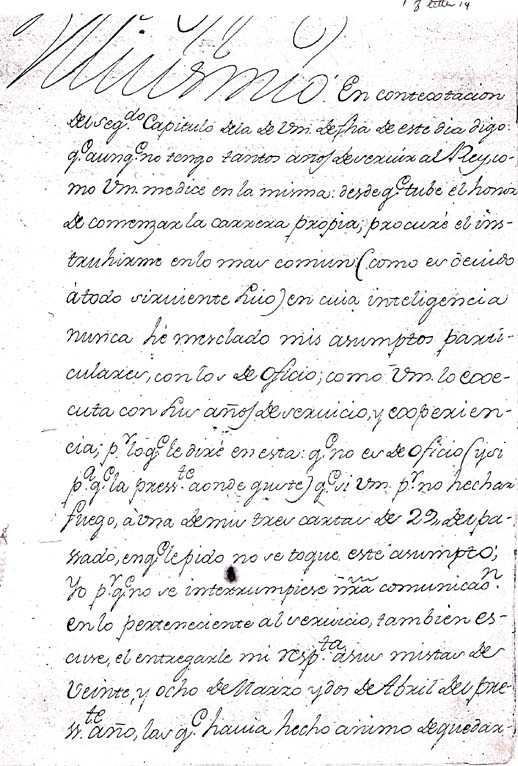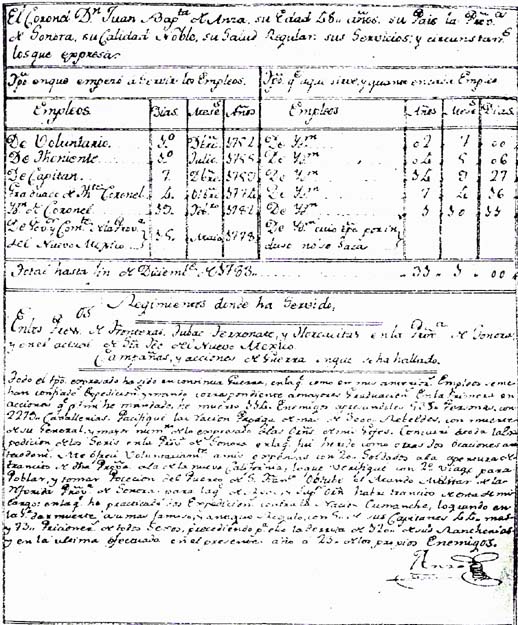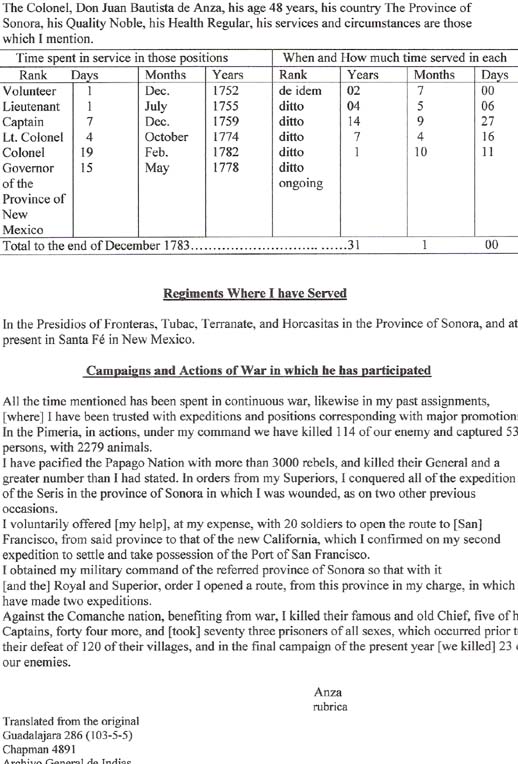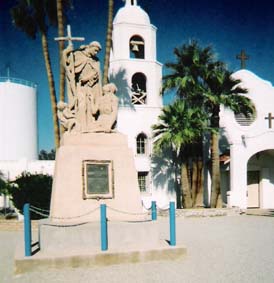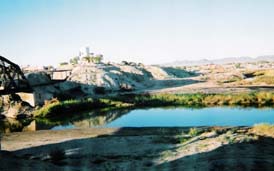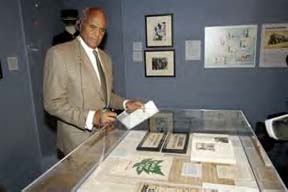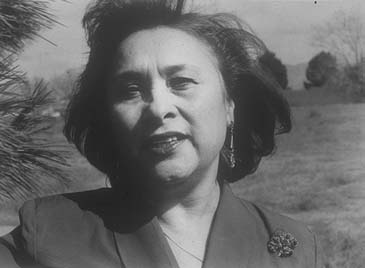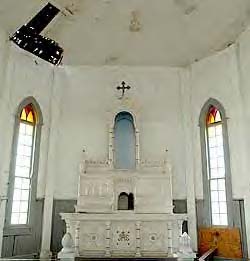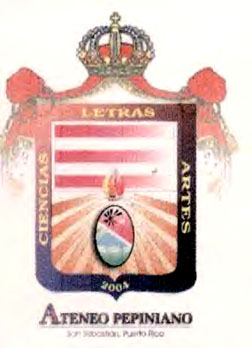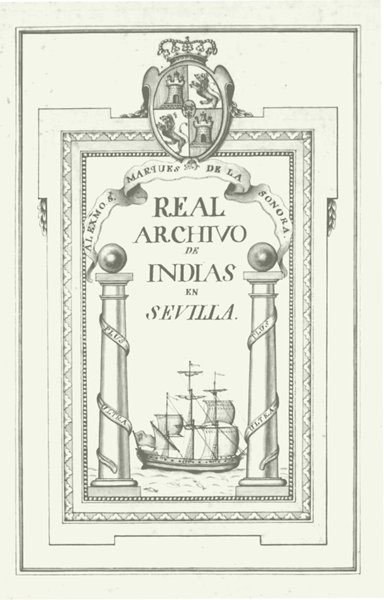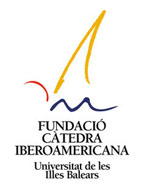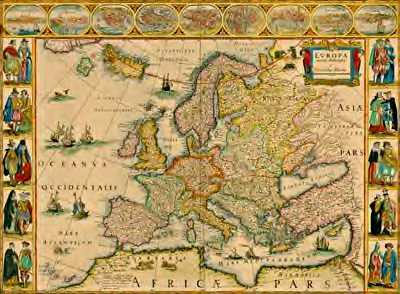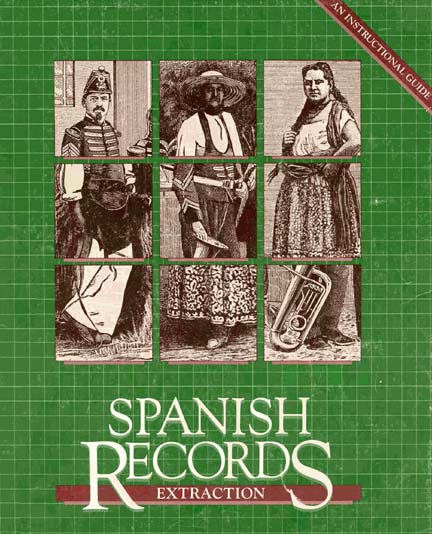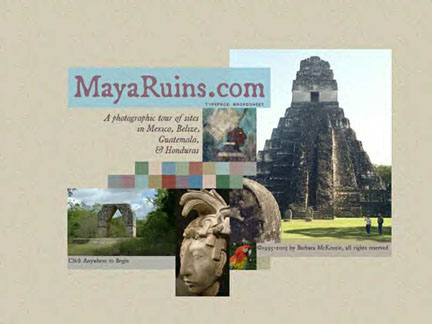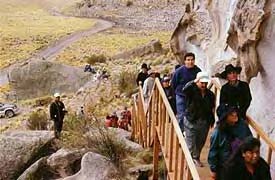|
The Overlooked Entrada
The
Espinosa-Oliuares-Aguirre Expedition of 1709
By
Anibal Gonzalez
Published in the
Sayersville, Texas Historical Association Bulletin
Number 2, Fall 1982
Shared by Micky Garcia
In April, 1709, two Franciscan
priests and 15 soldiers came from the Rio Grande (about 30 miles from
Eagle Pass) all the way to the Colorado looking for a delegation of
Tejas Indians they never found. During their search, they crossed to the
eastern side of the Colorado not far below Austin, traveled on east for
about fifteen miles through oak thickets, re-crossed the river, and
traveled northeast for about five miles up to Powell Bend before they
stopped, deciding not to cross the river again at that point because the
wilderness in front of them was impenetrable. Once back at their
original river crossing, they found some Yojuane Indians who gave them
information about the Tejas, agreed to become messengers to them and
invited the Spaniards to visit their native village near the headwaters
of Wilbarger Creek.
This visit to the Yojuane village
was the climax of the whole journey. Espinosa's diary describes a moving
scene in which Spaniards and Indians touched each other with caressing
tenderness and said farewell reluctantly - - an intimate cultural
encounter which reflects the human quality of this small Spanish
expedition whose adventurers, led not by soldiers but by friars,
displayed no greed or violence but, instead, deep religious feelings, a
certain innocence and sense of humor.
The names which this expedition gave to streams along their way
persisted for many decades, in some cases up to our day (e.g. San Pedro
Springs, San Antonio River, Salado Creek). But what makes the journey a
historical landmark is that the path the expedition chose between the
San Antonio and the Colorado Rivers set up a pattern which became a
standard route for subsequent Spanish expeditions to East Texas
throughout most of the Eighteenth Century. The expedition failed to
accomplish its official objective of meeting the Tejas. But contact with
the Yojuanes created a communication link with the East Texas Indians which kept alive the Franciscans' determination to re-establish a mission there - -a dream that came true only in 1716. The Yojuanes, by the way, eventually joined other Indian groups to request the
establishment of Spanish missions in Central Texas - - which may have had an influence on the opening of three missions near Rockdale about 1746.
Espinosa's diary of the journey is also a valuable source of information for those trying'-to reconstruct a picture of the plants, animals and people which existed between the Rio Grande and the Colorado before Europeans settled in. It was a small but important Spanish expedition, though it is hardly mentioned in the standard works which deal with the history of our area. Fr. Espinosa's diary was not translated into English until 1929. There is little scholarship devoted to it. The present article will try to put in historical context this expedition, as well as suggest the route they probably followed within our general area. The portions of Espinosa's diary quoted here have been translated from the Spanish by the author.
Historical Setting
The first East Texas missions were reluctantly abandoned in 1693. For the next 15 years, the friars kept trying to enlist government help to re-establish them. By 1708, the Spanish Viceroy decided that renewed contact and a stable relationship with the Tejas Indians was perhaps the only way to save East Texas from falling utterly under the influence of the French led by St. Denis. As a first step to explore that possibility, the Viceroy decided to support the Fanciscans in organizing an expedition to the San Marcos River. There they expected to meet a delegation of the Tejas and to arrange a mission for them.
The expedition set out from San Juan Bautista on April 5, 1709. According to Espinosa's diary, the expedition was undertaken "by the Reverend Father Fray Antonio de Olivares, apostolic preacher, commissary of the holy office and incumbent guardian [superior] of the College of the Holy Cross of Queretaro, in the company of Father Fray Isidro Felix de Espinosa, apostolic preacher and missionary minister of the mission of San Juan Bautista of the Rio Grande del Norte, assisted by the corporal caudillo [commander] of the presidio [garrison] of the Rio Grande del Norte, who is captain don Pedro de Aguirre, with the number of 14 military men from his company, according to the pertinent order issued by His Excellency Senor Duque de Albuquerque, Viceroy, Governor and Captain General of this New Spain."
The Journey
1. From the Rio Grande to the San Marcos River.
After traveling without much difficulty for about ten days in a northeasterly direction, the expedition reached San Pedro Springs where San Antonio is today. According to Espinosa, they met there some Indians from the Siupan, Chaulaames and Sijames tribes. With them they crossed the San Antonio [de Padua] River and visited a populous rancheria [primitive village] on the eastern bank of Salado Creek. All three of these streams were first given their present names by Espinosa in his diary of this entrada, an expedition officially "entering" a frontier province.
They crossed the Comal River the next day and stopped by the Guadalupe River waiting for a delegation from the Sanac Indians to get information about the Tejas. Either the Tejas or the Sanac (the text is unclear) had been summoned to come but neither had arrived. The Spaniards stayed overnight across the Guadalupe, waiting in vain. The next morning, they made smoke signals, with no response, at different intervals of their renewed march towards the San Marcos River. They followed a course close to the edge of the Edwards Plateau, a new route which became customary for Spanish expeditions at least up to 1788. On the afternoon of April 15, they touched the upland divide and reached the manontia/ [spring source] of the San Marcos River, where they camped.
2. From the San Marcos to the Colorado.
On Tuesday, April 16, they crossed the San Marcos at a point "two arquebus shot" from its source [present-day Aquarena Springs] and, moving about two leagues to the east, away from the edge of the plateau, reached the Blanco River, which they called San Rafael - - to whom they entrusted the whole good aim of their journey; shortly afterwards they crossed a small spring in a "grove of live oaks."
They turned again to the northeast and, after crossing some hills which protruded from the plateau, they touched Onion Creek not far from its juncture with Slaughter Creek. They called Onion Creek Garrapatas because its margins were full of ticks [gorrapatas]. According to Espinosa, "all, even though against their will, carried away many of them." They killed and ate a lean buffalo [ciboto] that evening.
Espinosa's entry for April 17 gives an idea of how and where they met the Colorado River:
"Wednesday 17 we left in search of the Colorado or Espiritu Santo river, which is all one, to the N.E. bearing, trying to find some Indians who would give us an account of the Tejas, since the Indians of the Siupan nation had told us they did not know of them. At a distance of only 5 leagues to the Espiritu Santo river, the guide saw four buffaloes, and in a short time all fell into the hands of the soldiers, who as sayones [literally "long
skirts, "an obscure, archaic expression], made anatomy of them, providing the Real with meat. We stopped near the said river, having walked 5 leagues." [The Real, literally "Royal," signifies the expeditionary group, the Royal Standard they carried, and the place, such as camp, where it is set up.]
All considered, it is probable that this camp was set up not far above the Hornsby Bend of the Colorado in eastern Travis County.
3. Colorado Adventures.
The next day, after making a thick smoke to see if the Indians would respond, and not finding any traces or footprints, they decided to send a group to the other side of the river to investigate. The two friars, the Indian guide, the captain and half of the soldiers set out across the river to a place apparently abundant in mussel shells [mariscada], The Real stayed behind with orders to make a thick smoke signal if they were to have any news of Indians. Here is Espinoza's description of the Colorado River where they crossed to the eastern bank:
"We came to the river, which has a guard on either side of luxuriant trees, nut trees [nogales], ash trees, poplars [cottonwood], elms, willows, mulberries and wild grapevines much taller .and thicker than those of Castile. It has sand banks which mark how high it rises, a quarter of a league wide. The water is of the best we have found."
Coming out of the river they found what appeared to be an abandoned Indian rancheria. After passing this place, they went in search of Indians, going towards the east. Even though they were following an Indian guide, they underwent a most difficult and unsuccessful march "through some montes [thickets] all of oaks which were about 6 leagues in length." It seems likely that they reached the vicinity of Wilbarger Creek - - possibly the Otates Creek later referred to by Espinosa - - and, not wanting to go over it or to turn north into the wilderness of the monte, they went down the river again, crossed to the western bank and, still looking for Indians,
traveled Northeast for about two leagues "always in sight" of the Colorado. This suggests that they went towards Powell Bend. Finally they stopped at some charcos [large puddles] not far from the river. They did not travel any further because, in Espinosa's words, "the
monte that offered itself to our sight was so much that we could not penetrate it."
They spent a cold night there. The next morning they decided to go back to the Real along the bank that had no monte and which they had not yet explored. In the process of doing that, some people in the group thought they saw smoke rising from the bank with the oak forest they already knew. Crossing back to the eastern side to investigate the smoke, they found no traces of people, but were surprised to find many buffalo trails going to and from the river, since they had not seen even old buffalo tracks from the Guadalupe to the Rio Grande. Staying on the eastern bank, and probably using one of those paths, they started the return trip to the Real through rough oak country,
possibly following the flood plain - - certainly away from the frustrating monte. They killed some buffaloes for meat and then saw heavy smoke rising from the site of the Royal camp. On the way back they amused themselves by playing bullfighting routines with a buffalo and eventually got lost. They did not pass at their original crossing until after dark.
Finally arriving at the Real, they dismounted and were received with great joy and affection by an Indian chief named Cantona - - who was well known to the Spaniards - -and about 40 Indians from the Yojuan, Simomos and Tusonibi tribes. The Indians had arrived that morning after being informed the night before of the presence of the Spaniards by two young Indian scouts who had traced the smoke signals that were made at the camp upon the arrival of the expedition at the Colorado. The two young spies had watched until they made sure the Spaniards were not a band of Apaches. Espinosa learned that up to 77
Indians had crossed the river, one by one, preceded by a well-manufactured otate [Aztec word for cane] cross and three old pictures of the Virgin of Guadalupe. Almost half of the Indians, tired of waiting for the two missionaries to return from their exploration, had gone back to their rancheria, four leagues to the Northeast; the rest remained with the Spaniards that night.
"Seeing that our diligence in traveling up to very near the Otates Creek had not produced the effect of meeting the Tejas, and knowing that the Indian captain of the Yojuanes called Cantona comes and goes to the Tejas with his people", writes Espinosa, the missionaries tried to confirm the rumors they had heard about the Tejas moving their abode towards the San Marcos River. Cantona denied the truth of such rumors, told them that the Tejas only came as far as the Colorado to hunt buffalo, and informed them that the Tejas settlements were still "three days travel away" (to the Northeast). He also gave them the bad news that Bernardino, a renowned ex-Christian trouble-maker, was their chief. Discouraged by this report, and knowing that Captain Aguirre did not have permission to travel much further beyond the Colorado, the Spaniards decided to return to the Rio Grande.
But when morning came, the Indians begged them to come and visit their rancheria so that their women and children would have a chance to see them too. Their request was granted. Preceded by Cantona on horseback bearing a silver-mounted cane, a gift of the Spaniards, they left a few soldiers at the Real and went to the rancheria. It was probably located near the headwaters of Wilbarger Creek, somewhere along the western boundary of present Bastrop County. There they met with effusive physical demonstrations of affection by the whole village. This is Espinosa's description of that historic visit:
"We arrived in that manner in sight of the huts, and an Indian came out on horseback to meet us. He then turned around to tell the other Indians, who immediately came out in such a crowd to receive us that it inspired tenderness to see them, because not a single Indian came out with arrows but with their hands raised or crossed; some with their privates [cuero pequeno] covered, the majority or almost all of them completely naked. As soon as we dismounted, they surrounded us with such insistence and determination that we knew not where to turn. They were giving shouts of joy, they were embracing us, they were reaching up to our faces and arms, and then doing the same in their faces as if softly rubbing [untando, the word for
anointing] them or incorporating [embodying] themselves with us. This is their custom when they want to make others their friends or family members. As a matter of fact, there was not an Indian man, woman or youth left who did not touch us to their heart's content. They would even bring breast-feeding babies so that we could caress their faces - with less than that they would not be happy. We shed many tears to see such a multitude of souls in the desert without the light and knowledge of our Catholic Law - - since, judging by the number of huts and by everything we saw, there must have been two thousand souls living there. We divided tobacco among as many women as we could, but it was far from enough since we had not anticipated so many people. We gave a little piece of brown sugar candy [choncaca, a Mexican word] to all the boys and girls we could, and caressed them. If our departure had not been so pressing, we, the friars, would have stayed longer with them. We said farewell with a lot of pain and returned to the Real, having
traveled coming and going eight leagues until after noon, when we arrived with a lot of sun and no little hunger."
That afternoon, the friars improvised a paper cross painted with ink and gave it to Cantona, who had accompanied them on their way back. Espinosa adds, "We commissioned him to take it to the governor of the Tejas telling him how we had searched for him; that they should go to our missions at the Rio Grande, assuming that they still know where they are; and to show them the cane he had so that they might believe him. He promised to do everything we told him. This being done, we started our return march to the Rio Grande."
4. The Return March
That same Saturday afternoon (April 20) they came, after traveling two leagues, to Onion Creek, where they spent the night. They seem to have touched the creek further downstream than before, probably by trying to avoid the hills.
Next morning after Mass, they marched on to the San Marcos River. At this point in the diary Espinosa writes, "Though it may seem a digression, Your Excellency, I can not fail to mention in passing that, in addition to the fertility of the country exhibited by the variety of flowers, trees and wild fruits, there is a great abundance of hemp in the depressions of the ravines - -so much thriving, that it seems to be cultivated, though it receives no other care than that of the liberal hand [of Nature] which beautifies everything; there is enough in the fields to supply all the rope and/or clothes-making
[jarcio] needs of the Indian women." Our naive and enthusiastic chronicler then proceeds to describe at length the vegetation, animals and Indian customs found between the Rio Grande and the Colorado - - the whole area covered by their expedition. He adds, "Lastly, this is the best of all the lands discovered, and the natives are particularly suited for establishing the truths of our Holy Faith and extending the domains of the Royal Crown." They camped that night at the San Marcos River and the next morning crossed it at the familiar place near its source.
The rest of the trip to the Rio Grande was relatively uneventful, except for an encounter with some Papoa Indians around the Medina River. They reached the Rio Grande on Sunday, April 28th. Espinosa's diary ends with these words:
"We arrived at three-thirty in the afternoon at the mission of San Juan Bautista from where we had set out, with health, success and consolation, for all of which we thanked God, to whom be glory, honor and praise forever and ever. Amen."
Selected Bibliography
Bolton. Herbert E., Texas In the Middle Eighteenth Century: Studies in Spanish Colonial
History and Administration. University of Texas Press, Austin. 1915, 1970, pp, 10 13,
32.41, 135-278. map.
Bolton. Herbert E.. "The Jumano Indians, 1650-1771," Southwestern Historical Quarterly,
vol. XV. pp. 68.69.
Bonilla. Teniente de Infanteria D. Antonio. "Breve compendio de los sucesos ocurridos en la
Provincia de Texas, desde su Conquista o Reduccion hasta la fecha," 1772. Documentos
para la Historic Eclesiastica y Civil de la Prouincia de Texas, Libro Primero. Tomo XXVII.
1792. photocopy of document. Catholic Archives of Texas.
Buckley, Eleanor C,. "The Aguayo Expedition into Texas and Louisiana, 1719 1722,"
Quarterly of the Texas Historical Association, vol. XV, July 1911. Number 1, pp. 33-45.
Campbell. T. N.. "Yojuane Indians," Handbook of Texas, vol. Ill, p. 1138.
Castaneda, Carlos E.. "Silent Years in Texas History," Preliminary Studies of the Texas
Catholic Historical Society, vol. II. April 1935, Number 8 pp. 5-15.
De Leon. Alonso, Viaje que el ano de 1690 hizo el Gouernador Atonso de Leon desde
Cuahui/a hasta la Carolina. Prouincia habitada de Texas y otras naciones al Nordeste de
/a Nueua Espana. Map, transcript, Texas State Archives,
Espinosa. Isidro Felix de, Diario derrotero de la entrada . . . 1709, Archive General de Indias,
Sevilla. printed copy of document in P. Otto Maas' collection: viajes de Misioneros Fran.
ciscanos a ta conquisto del Nueuo Mexico, Sevilla. 1915, pp. 50-63.
Folk. Paul J . transl.. "Captain Don Domingo Ramon's Diary of His Expedition into Texas in
1716." Preliminary Studies of the Texas Catholic Historical Society, vol. II. April 1933.
Number 5 pp. 2.15.
Forrestal, Peter P.. transl.."Pena's Diary of the Aguayo Expedition." Preliminary Studies of
the Texas Catholic Historical Society, vol. II, Jan. 1937. Number 8, pp. 3-5. 20-25.
Forrestal. Peter P.. transl . "The Solis Diary of 1767," Preliminary Studies of the Texas
Catholic Historical Society, vol. 1. March 1931, Number 6. p-38.
Gonzalez. Anibal A., ed.. "From the San Marcos to the Otates; A New Translation and
Critical Analysis of Espinosa's Diary from April 15th to 21st. 1709," Sayersui/fe Historical
Association Report "I. (in preparation).
Goodwin, Frank. "Espinosa. Isidro Felix de," Handbook of Texas, The Texas State Histori-cal Association, Austin. 1952, vol I. pp. 572-573.
Hatcher. Mattie Austin, transl, "The Expedition of Domingo Teran de los Rios into Texas
(1691.1692)." Preliminary Studies of the Texas Catholic Historical Society, vol. II,
January 1932. Number 1, pp. 3.4, 15-24, 45 46, 48, 60-64.
Hester. Thomas. R , Digging into South Texas Prehistory, Corona Publishing Company,
San Antonio. 1980. pp. 38.56.
M'Caleb, Walter F,. "Some Obscure Points in the Mission Period of Texas." THSA Quarter
ly. vol. 1. 1897.1898, pp. 216.225.
Pool. William C., A Historical Atlas of Texas, The Encino Press, Austin. 1975, pp.67.
Tous. Gabriel, trans],. "Ramon Expedition: Espinosa's Diary of 1716," Preliminary Studies
of the Texas Catholic Historical Society, vol 1, April 1930. Number 4. pp. 2 15
Tous. Gabriel, transl . "The Espinosa-Otivares-Aguirre Expedition of 1709: Espinosa's
Diary," Preliminary Studies of the Texas Catholic Historical Society, vol. I. March 1930,
Number 3. pp 2.14
U- S. Geological Survey. Austin, engraved topographical map, 1951 (scale 1:1,000,000).
U. S. Geological Survey. Texas, S.E.. topographical map, 1973 (scale 1:500.000).
Williams. J. W , Old Texas Trails, Bakin Press. Burnet. 1979. pp. Ill 180
|
